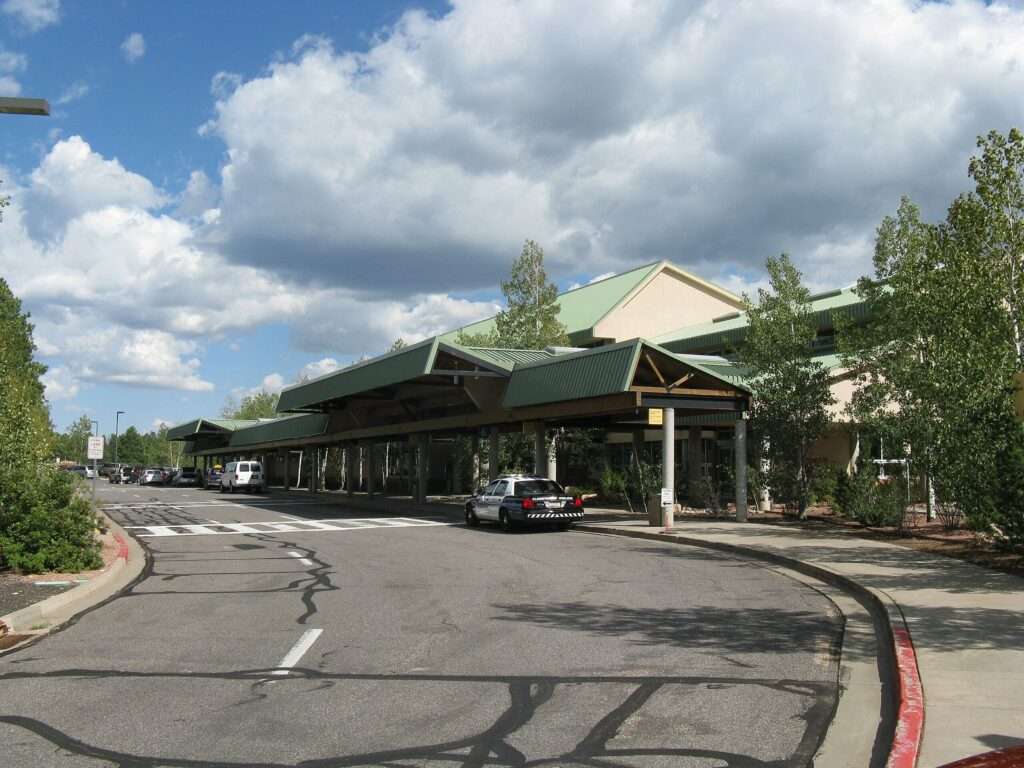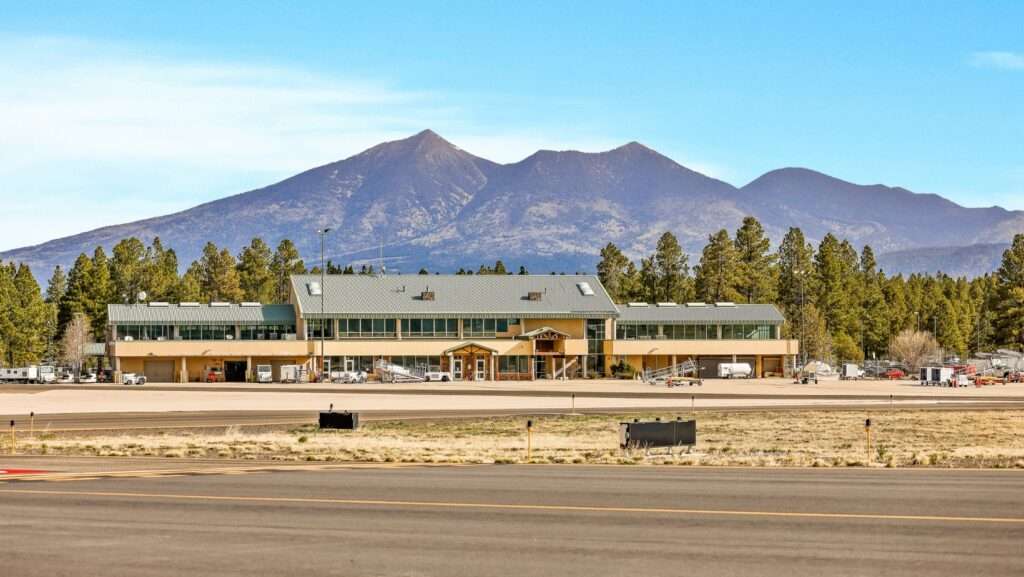Nestled amidst the pines of northern Arizona, Flagstaff Pulliam Airport (FLG) boasts a rich history intertwined with the development of Flagstaff itself.
From humble beginnings to accommodating modern air travel, the airport has played a vital role in connecting this scenic city to the wider world.
Early Attempts and The Rise of Koch Field (1920s-1940s)
Flagstaff’s love affair with aviation began early in the 20th century.
The city’s first airport, established near the current Flagstaff High School football field in the 1920s, proved to be a challenging location.
The high elevation and close proximity to mountains made takeoffs difficult for many aircraft.
Recognizing these limitations, the city embarked on a search for a more suitable site.
In 1928, Flagstaff found its new aviation home in Doney Park, christened Koch Field.
This location offered a flatter terrain and better operational conditions.
The dedication ceremony, attended by prominent state and local dignitaries, marked a significant milestone in Flagstaff’s aviation history.
However, Koch Field, despite its improvements, still faced limitations due to topographical and atmospheric factors.
The Pulliam Era and A New Dawn (1940s-1960s)
Following World War II, a new vision emerged for Flagstaff’s air travel needs.
Planning for a third and hopefully final airport location began in 1944.
The chosen site, east of Fort Tuthill on U.S. Forest Service land, offered a more promising environment for safe and efficient air operations.

Federal funding and a meticulous selection process culminated in the deeding of the property to the City of Flagstaff in 1948.
The year 1948 marked the birth of Flagstaff Pulliam Airport, named after Clarence T. “Maggie” Pulliam, a long-serving city manager who championed the project.
Constructed on 795 acres, the airport boasted a single runway and quickly became a vital transportation hub for the region.
Early commercial service was provided by Arizona Airways, which later merged into Frontier Airlines, offering connections to Phoenix and other destinations.
The 1950s and 1960s witnessed a period of steady growth for Flagstaff Pulliam Airport.
Passenger traffic increased, and the airport served as a crucial link for tourism, business travel, and cargo transportation.
To accommodate this growth, the original runway was lengthened and widened in 1969, reflecting the airport’s evolving role in the city’s economic landscape.
Modernization and Looking Ahead (1970s-Present)
The latter half of the 20th century and the early 21st century saw continued development at Flagstaff Pulliam Airport.
Technological advancements in aviation placed new demands on infrastructure.
In response, the runway was further extended to its current length of 8,800 feet in 2007.
This enabled the airport to handle larger aircraft and facilitate more direct flights.
Today, Flagstaff Pulliam Airport remains a vital gateway to northern Arizona.
It serves several commercial airlines, offering connections to major hubs and promoting tourism to the region’s natural wonders.
The airport also caters to general aviation, with a thriving community of private pilots and flight schools.
The City of Flagstaff continues to invest in modernization projects to enhance the passenger experience and ensure the airport remains competitive in the ever-evolving aviation industry.
These efforts include the addition of a new parking lot and terminal improvements.
This was all aimed at making Flagstaff Pulliam Airport a welcoming and efficient entry point to the beauty of northern Arizona.
Beyond the Runway: A Legacy of Community
Flagstaff Pulliam Airport’s story extends beyond its role as a transportation hub.
The airport has served as a training ground for aspiring aviators, fostered a love for flight among enthusiasts, and provided critical support during emergencies.
The ongoing development of Flagstaff Pulliam Airport reflects the city’s commitment to progress and its vision for a vibrant future.
As Flagstaff continues to grow, the airport will undoubtedly play a pivotal role in connecting the community to the wider world, ensuring its legacy of taking flight endures for generations to come.

Click the banner to subscribe to our weekly newsleter.

Click the photo to join our WhatsApp channel so then you can stay up to date with everything going on in the aviation industry!









